7.3K Views
Come Along on a Visit to an Amazing Flower Farm!

by
Three Dogs in a Garden
(IC: blogger)
Recently I got an invitation out to visit a local flower and berry farm.
And so it was that I found myself standing chest deep in a big field of dahlias one
This is a busy time of year at the flower farm. Everyone in the family was busy cutting and packing flowers for a big order when I stopped in to visit.
Out in the field, the dahlias were looking spectacular.
It was flowers as far as the eye can see!
The farm also produces other flowers like these zinnias and snapdragons.
Gladiolas used to be an important flower crop, but the family tells me that they are not as popular in recent years.
Growing Lavatera as a cut flower was an experiment tried for the first time this summer.
Lavatera trimestris: Lavatera are annuals that are easy to grow from seed. You can start them indoors 6-8 weeks before the last frost or sow them directly outdoors two weeks before the last frost date.
Dahlias range widely in height and foliage color, as well as bloom size, variety and shape. "Dinner plate" varieties may have blooms as large as 12" in diameter.
Dahlias tuberous-rooted perennials native to Mexico and Central America. They tolerate a wide range of soil types, but like well drained conditions (too much moisture will cause the tubers to rot). Always grow dahlias in full sun.
To promote a compact, bushy plant, pinch back your dahlia once it has grown about a foot high. It is also a good idea to feed them every two weeks before they begin to set bud with water soluble, bloom promoting type of fertilizer.
Enjoyed the project?

Want more details about this and other DIY projects? Check out my blog post!
Published September 27th, 2014 9:23 AM
Comments
Join the conversation
3 of 33 comments
-
beautiful photos. I loved growing dahlias, they are so pretty and now that I've seen your pictures I'm inspired to grow them again. Thanks for sharing. Oh by the way is lavatera really a zone 4? I grew it once and loved it
 Jan
on Sep 29, 2014
Jan
on Sep 29, 2014
-
-
I've never grew them, thank you for the wonderful pictures, I think I will tray.
 Carole Alden
on Sep 30, 2014
Carole Alden
on Sep 30, 2014
-



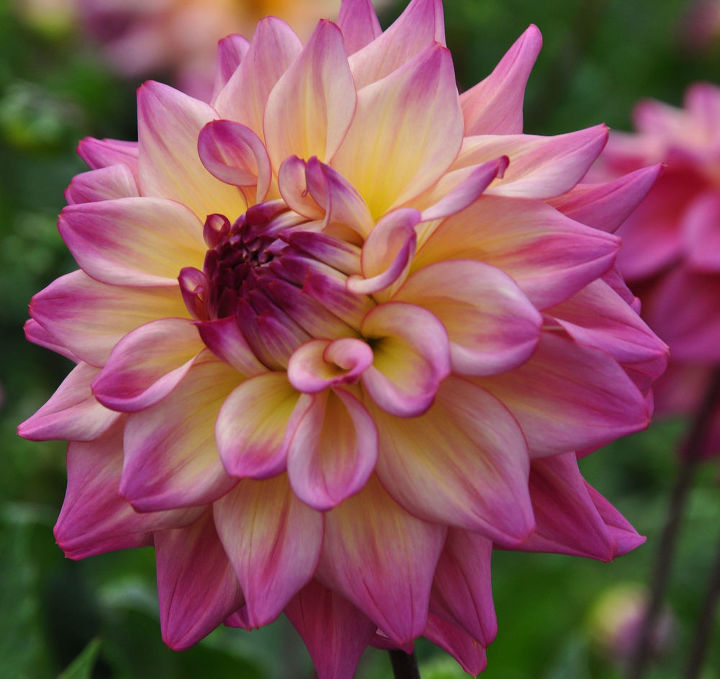
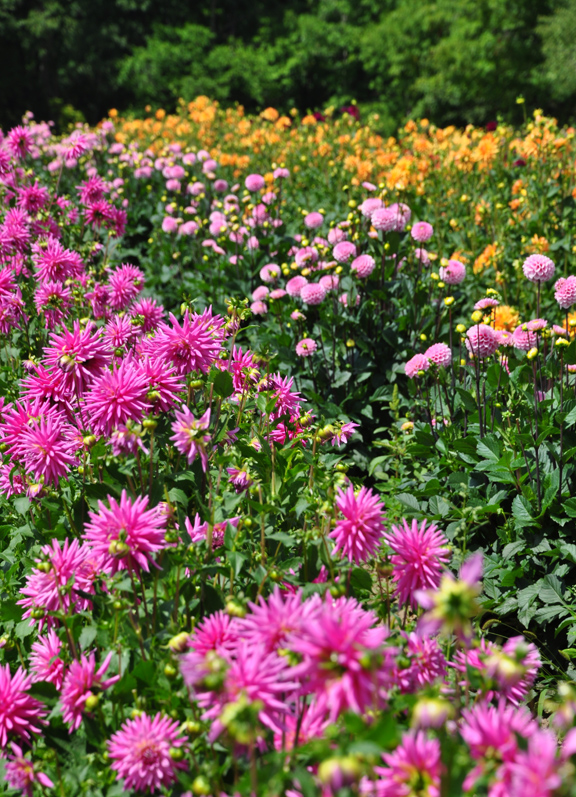











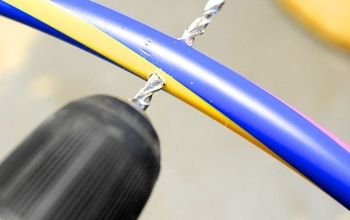
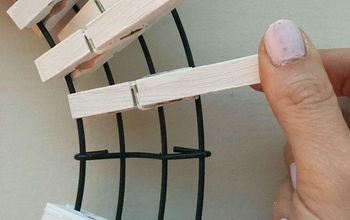



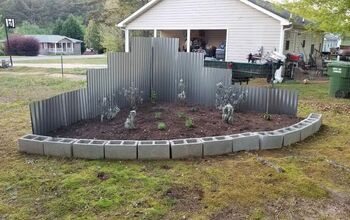
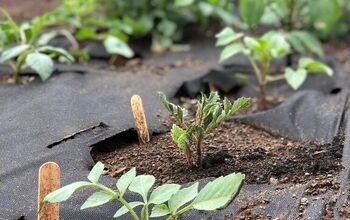
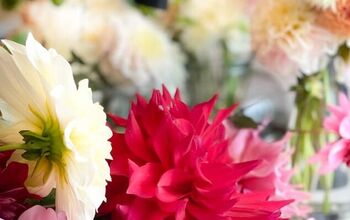
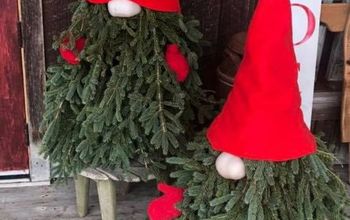
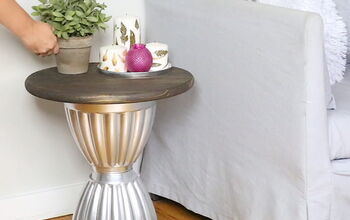

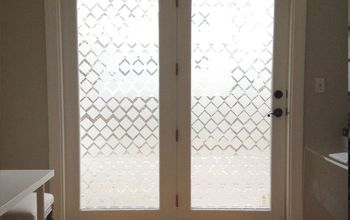





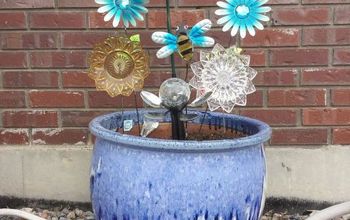


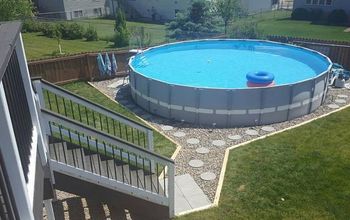
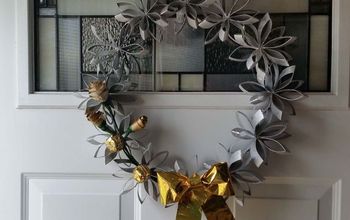
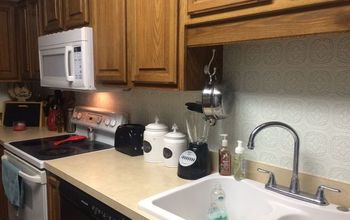
Frequently asked questions
Have a question about this project?